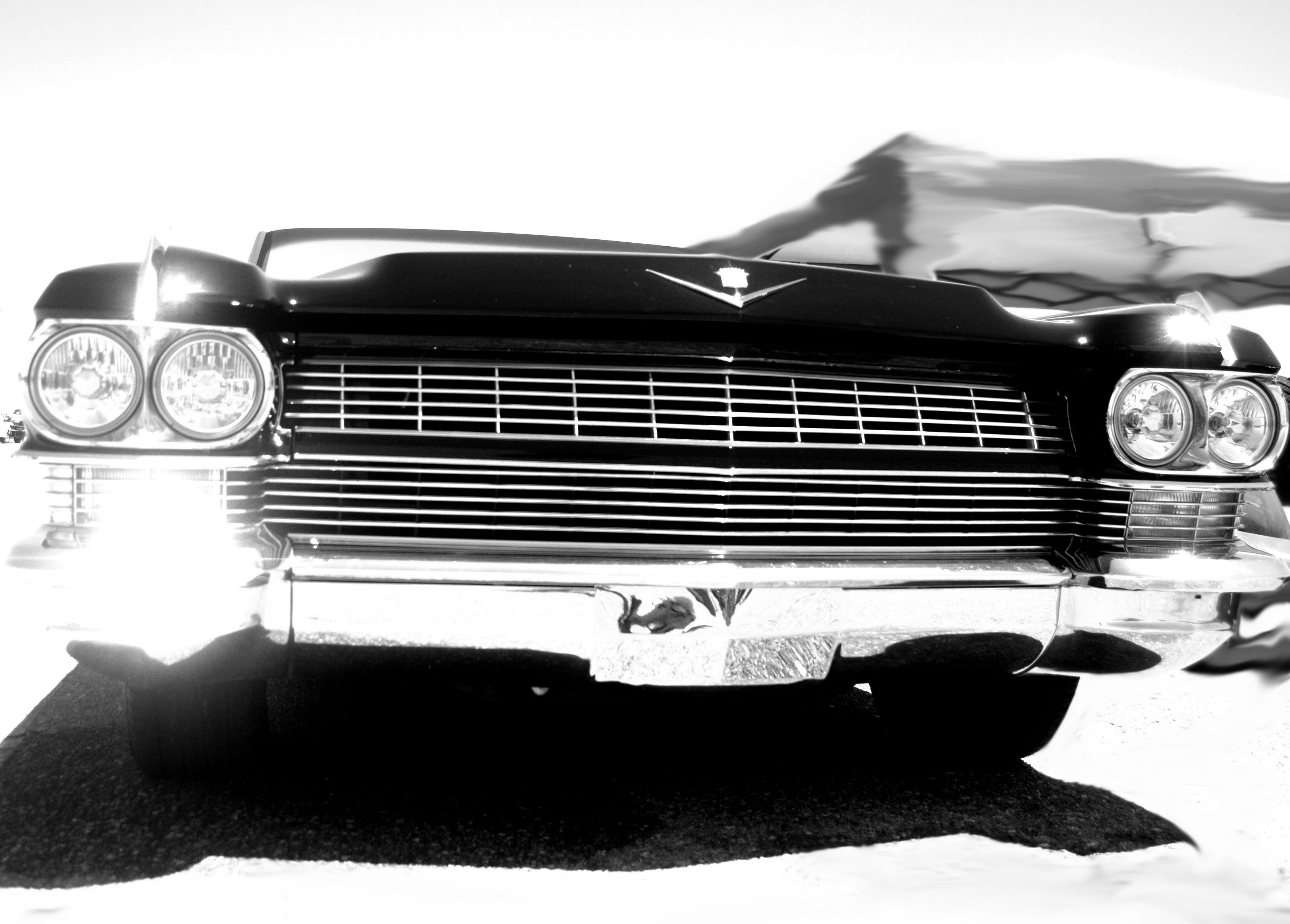
REVIEWS:
First Drive: 1966 Corvair Corsa
The Chevy Corvair’s swing axles and heavy tail are implements of the devil, at least according to Ralph Nader’s Unsafe at Any Speed diatribe. Paul Siano, the creator of the mid-engine Siano Special, doesn’t buy any of that. He has owned, modified, and drag-raced Corvairs for more than half of his seventy years without suffering a single unintended spinout.
Siano bought — brand-new — what began life as a 1966 Corvair Corsa after supercharging a Volkswagen Beetle and owning a ’64 Corvair Monza Spyder convertible. He drove the coupe 50,000 miles before ripping out the stock 180-hp turbo engine.
A vintage Crown Manufacturing kit provided the means of upping the cylinder count and moving the engine from the back porch to the rear seat. That package included a tubular-steel subframe, an engine-to-transaxle adapter plate, a new transmission input gear, cooling-system pipes, a new shift linkage, and two new antiroll bars.
Siano’s prize possession is a rare, experimental, 283-cubic-inch aluminum engine block that General Motors pitched out as scrap. Engine builder Bryce Flinn added a roller cam, aluminum heads, and the induction overkill. Siano fabricated the necessary bits and brackets with an emphasis on minimal weight. He also added four-wheel disc brakes, Minilite wheels, radial tires, and a Ron Davis aluminum radiator.
Siano didn’t partition off his eight-pack of Weber intake trumpets, because he’s a patron of the rolling, reverberating, internal-combustion arts. Living with Webers is not for the meek of heart. When cold, they spit and stumble. When they’re up to operating temperature, they fill the interior with a combustible cloud of reversion gases. Smoking is discouraged.
Headphones are available for those rides when hearing preservation takes precedence over the din of a barely muffled Chevy V-8. Only two things keep the whirring water-pump pulley from biting the occupants’ elbows: the flush bolts that Siano installed in place of hex-head screws and every human’s natural preservation instincts

REVIEWS:
First Drive: 1966 Corvair Corsa
When we drove to the test track, Siano’s homebuilt special revealed evil streaks: quick but heavy steering, vague shift linkage, and a throttle pedal that offers yes and no but very little maybe. However, a few miles were enough to establish an amicable working relationship.
Offered the opportunity to redeem itself, the Siano Special settled into stride to post a reasonably impressive performance report: 0 to 60 mph in 5.2 seconds, the quarter mile in 13.9 seconds at 104 mph, and a top speed of 130 mph. More amazing, the handling balance is excellent, offering just under 0.90 g at the limit of adhesion and only a touch of easily controlled oversteer when the fourteen-inch BFGoodrich Radial T/As finally let go. The cobbled-together chassis held firm over bumps, and the dampers kept body motions nicely controlled throughout the testing gauntlet.
Back in the Corvair’s day, GM fiddled with various mid-engine sports cars, only one of which (the Pontiac Fiero) ever made it to a production line. Leave it to a motivated Corvair enthusiast to demonstrate what can be achieved by adding a couple of cylinders and relocating the engine to a more productive location.
The Specs
Engine: 4.6-liter (283 cu in) OHV V-8, 300 hp (est.)
Weight: 2600 lb
Weight distribution f/r: 44.0/56.0%
Drive: Rear-wheel











